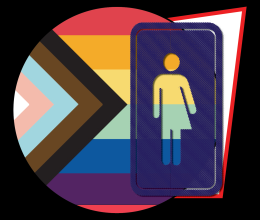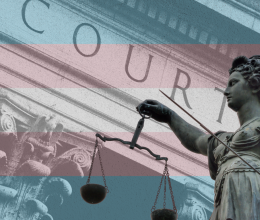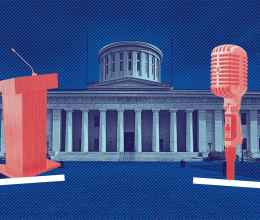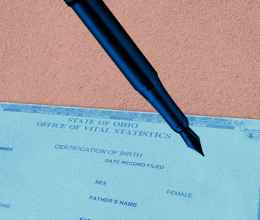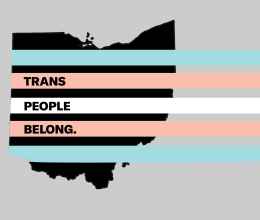People who identify as transgender or gender nonconforming (GNC) are expected to clarify, justify and apologize for their identity every day. For many, inappropriate personal questions are a daily reality. It’s no surprise then, to hear that these same dehumanizing hurdles have worked their way into our polling places. According to the Williams Institute, strict voter ID laws across the nation threatened to disenfranchise more than 25,000 transgender people in the 2012 presidential election. Below are a few common issues faced by transgender people at the polls, along with resources to help you vote comfortably and confidently in Ohio. ISSUE: My current gender presentation doesn’t match the gender marker or presentation shown on my photo ID. SOLUTION: Gender identity or presentation has no impact on your constitutional right to vote. You may have noticed, unlike many other states including Michigan and California, Ohio does not ask voters to declare their gender or select a gender prefix on our voter registration forms. It is also important to note that a photo ID is not required to vote in Ohio.
Instead of a using a photo ID that may not match your current gender presentation, consider another acceptable form of voter identification. This could include a current (past 12 months) utility bill, bank statement, government issued check, or paycheck that reflects the same name and current address that is found on your voter registration.
If a poll worker challenges your gender presentation, remind them that, as long as the name and address found on your voter registration matches those found on your form of ID, you are legally entitled to vote. You might also print and bring along a copy of our Tip Sheet for Poll Workers or this valuable Voting While Trans Checklist. Both documents include important information for poll workers who may be unfamiliar with the transgender community. ISSUE: My “legal” name used for voter registration, the name found on my ID, or mv preferred name do not match. SOLUTION: For the smoothest in-person voter experience, the 1) name and address you state verbally to poll workers, 2) the name and address found on your voter registration, and 3) the name printed on your presented form of voter ID should all be the same. If these names do not match (for any reason including maiden name, use of a nickname or use of a preferred name) this discrepancy will not keep you from voting. Instead, you will may be instructed to cast a “provisional ballot.” Depending on your personal situation and the timing of the next election, you have a couple of options to make sure your name will be consistent for voting purposes:
- Update your voter registration information to match your current ID documents. To update your registration information, fill out this Voter Registration and Information Update Form and deliver it to your county Board of Elections. To ensure that you are properly registered, this form must be received or postmarked 30 days before the election.
- Provide proof, at the polls on Election Day, of your legal name change. If you have legally changed your name since registering to vote but it is too late to update your voter registration to reflect this change, you can bring a completed Notice of Change of Name form to your polling place, along with proof of your legal name change (e.g., a court order or marriage certificate) and still be allowed to cast a “regular” ballot on that same day.
WHEN IN DOUBT, MAIL IT IN Even if you arrive at your polling place well informed and fully prepared, the traffic, parking and long lines can still feel hectic. If you want to avoid the polls altogether, or are unable to vote on Election Day, you can vote early in-person or by absentee ballot. Both early in-person and absentee voting in 2016 begins on October 12 and continues until November 8. Fill out this form to request an absentee ballot (which does not require the voter to provide any form of I.D. and instead requires the last four digits of your social security number). To vote early in person, check the early voters days and hours and head to your county Board of Elections.

